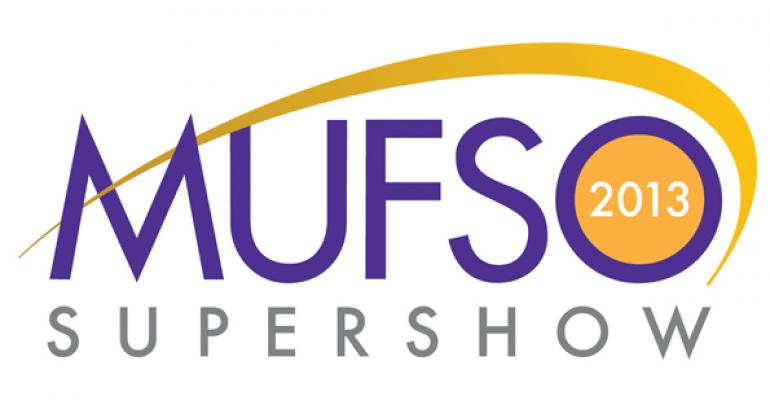Charles Duhigg
Consumer habits are a powerful force with implications for restaurants, but brands can influence a change in those behaviors if they understand not just the measurable data behind purchasing patterns, but also customers’ motivations for what they do, investigative journalist Charles Duhigg said Monday during his keynote speech at MUFSO.
“You can begin to understand habits, cues and rewards that change behavior,” Duhigg said, “but in addition to looking for existing habits, you have to look for these emotional cores.”
The New York Times reporter and author of “The Power of Habit” said each behavior pattern in restaurant customers or employees starts with a cue, which leads to a routine that results in some reward, and understanding all three can lead to insights to grow sales or better manage staff.
“If you can figure out what within [your customers’] lives are these habits that shape how they behave — and change those behaviors — we can set off chain reactions that influence numerous other decisions they make,” he said.
In the hospitality industry, he added, developing productive habits in employees can be just as important as analyzing the habits of customers. “Willpower is the most influential thing you can teach someone for future success,” Duhigg said. “If you can teach your employees more willpower, it has a greater future correlation to success than any other independent variable.”
He noted that the key to Starbucks’ success in customer service has been training its baristas to forgo the urge to react negatively to customer complaints and instead listen, acknowledge the problem and thank the guest before taking care of the issue, he said.
When it comes to marketing new products to customers, the most difficult part can be understanding what cues, routines and rewards already exist in a market, Duhigg noted, citing Procter & Gamble’s Febreze spray as an example.
In its first iteration, Febreze flopped, he said, because the company marketed the spray’s reward to the consumer as simply eliminating bad odors. However, research later showed that people’s established cleaning habits had their own rewards in place, and a cue of fighting bad smells was meaningless for many users who could not recognize their homes’ odors as something needing to be eliminated.
When Febreze changed its marketing to create a reward of a sense of luxury — resulting in sheets and fabrics so fresh that users became obsessed with sniffing them in the new commercials — the product generated $200 million in annual revenue, Duhigg said.
“In order to create a new habit, they had to piggy-back on habits that already exist,” he said. “Taking advantage of habits by identifying them is important, and once you identify them, you have all these tools at your disposal.”
Those tools include predictive analytics and other “Big Data” strategies, but deploying them with the wrong habits and rewards in mind can backfire, Duhigg said. Target used its data analysis tools to identify pregnant customers and send them coupons for baby-related products, but the strategy made those women uncomfortable. The retailer changed its strategy toward pregnant customers by sending baby-related coupons in large flyers with other, unrelated coupons. Rewarding them with a sense of comfort, not a sense of savings on baby products, was key, Duhigg said.
“The difference between comfort and savings is emotions,” he said. “When you’re delivering rewards to people, there must be an emotional core. If I promise to you that you’ll save money, there’s no emotional core there, unless I create one by talking about your family and how you can afford to send your kids to camp because you save money shopping with me.”
The keynote address was sponsored by e*Restaurant from Alametrics.





